lovers’ names on walls of suffering
Sinop, they say, is famous for being Turkey’s happiest city. Why are people so happy here? Maybe because Sinop is located quite beautifully on a peninsula in the Black Sea. Maybe because the climate is less rainy than in the eastern parts of the coast. Maybe because there are literally no traffic lights in all of Sinop. Maybe because Sinop attracts laid-back people who want to relax by the sea.
So is Sinop really the happiest city in Turkey? I am not sure, but what I am certain of is that it has been the saddest and most depressing place not only in Turkey, but in the universe, for a certain number of people.
This is because Sinop used to be home to the single most infamous prison in Turkey, the Sinop Fortress Prison. It was located in an old castle in the center of the city (built on Greek foundations from two millennia earlier), and it was in use from the late 19th century until 1997. The prison was considered escape-proof and thus reserved for the most serious of criminal offenders: murderers, rapists, dissidents.
Today it is a museum, and a soul-crushing one at that. Some of the buildings are old and terrible, and some of them are new and also terrible. Some have claustrophobic single cells, some have large halls built for groups of inmates. There is one building that used to be reserved for adolescent prisoners. Everything is dark and cold. All the walls and floors are moist from the proximity to the sea. There are actual dungeons with chains in the walls. There are gallows in the courtyard.
And in one part, there is music.
It’s a song, surprisingly soft and sweet. When I ask why this particular music is being played in this particular place, I am told that Sabahattin Ali, a famous poet, was incarcerated here in the 1930s. The songs are based on his poetry.
What did he do to end up here, I want to know. Did he murder anyone? Raised eyebrows. No, he was a political prisoner.
And so I stumble through the darkness of the prison, minutes before closing time, and a guard tells me that some of the cells were periodically flooded up to knee-level – yes, also the cell of the poet who had dared to voice a different opinion, and whose poetry is now being played – and I see graffiti on every wall and on every door, mostly hearts that say X + Y with a date, and I can’t help but imagine how little the visitors who have left these graffiti must have cared about anything that used to go on in this place, and I hear the music, soft and sweet, and I feel my soul being crushed.

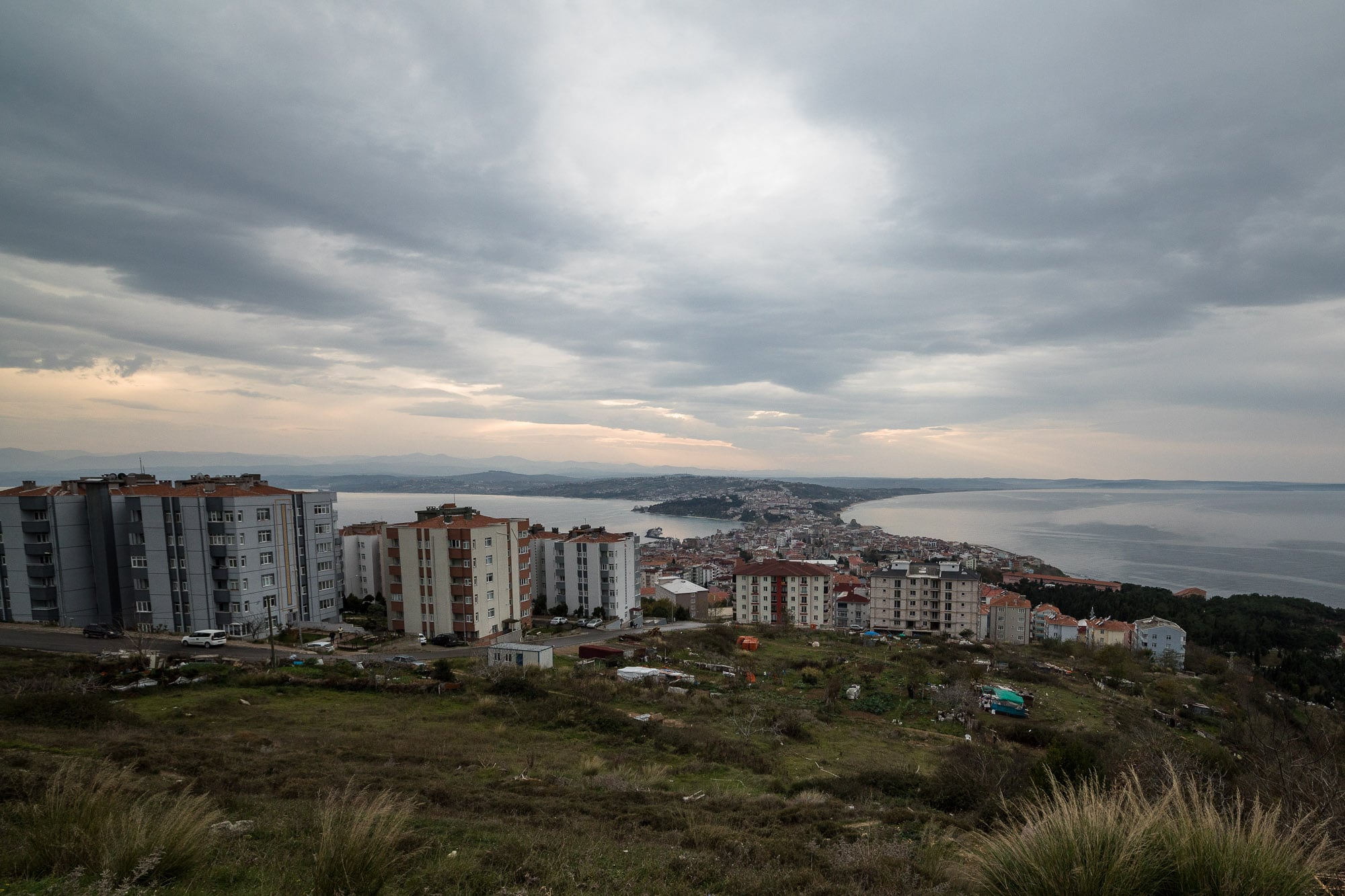
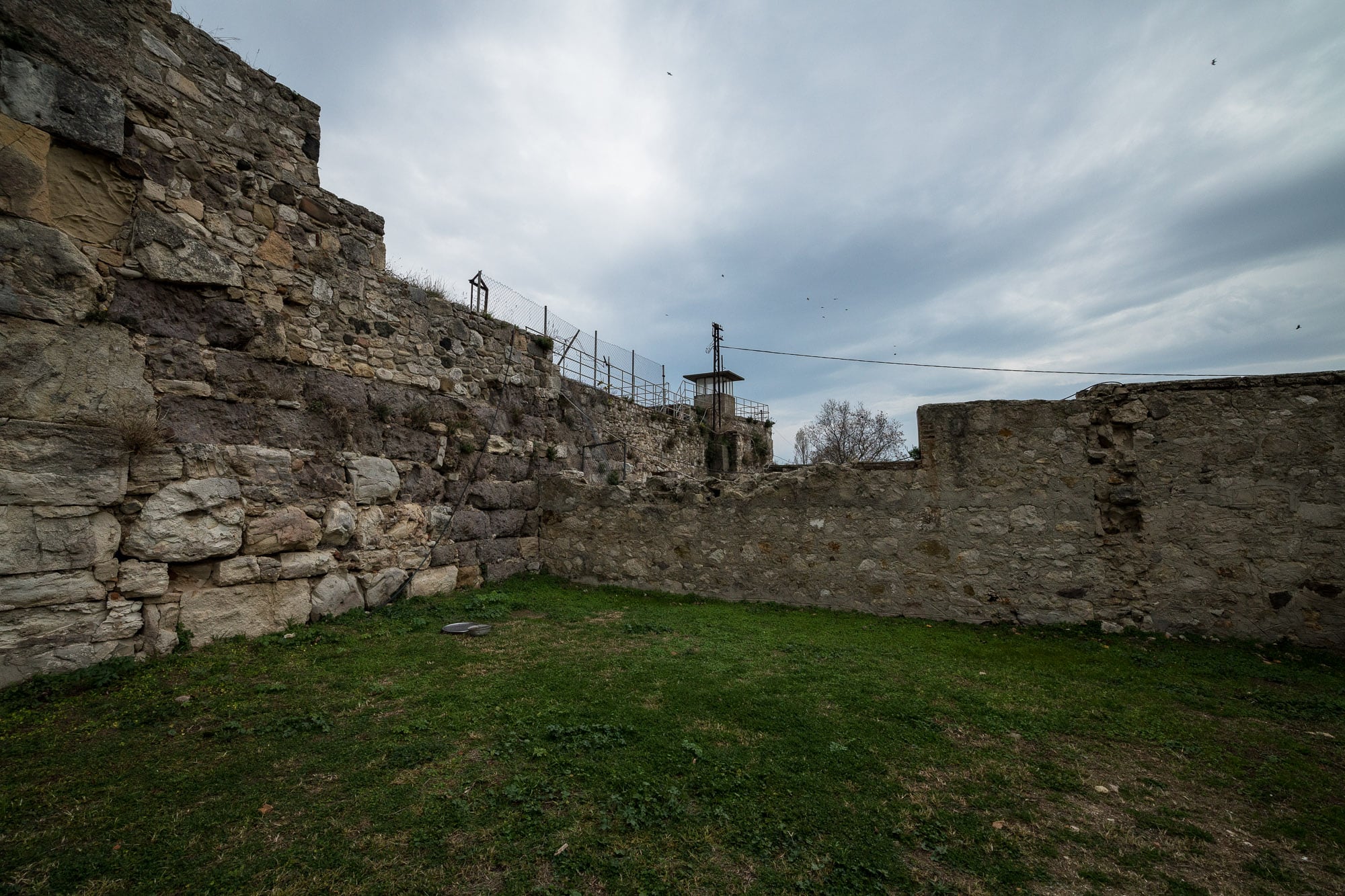
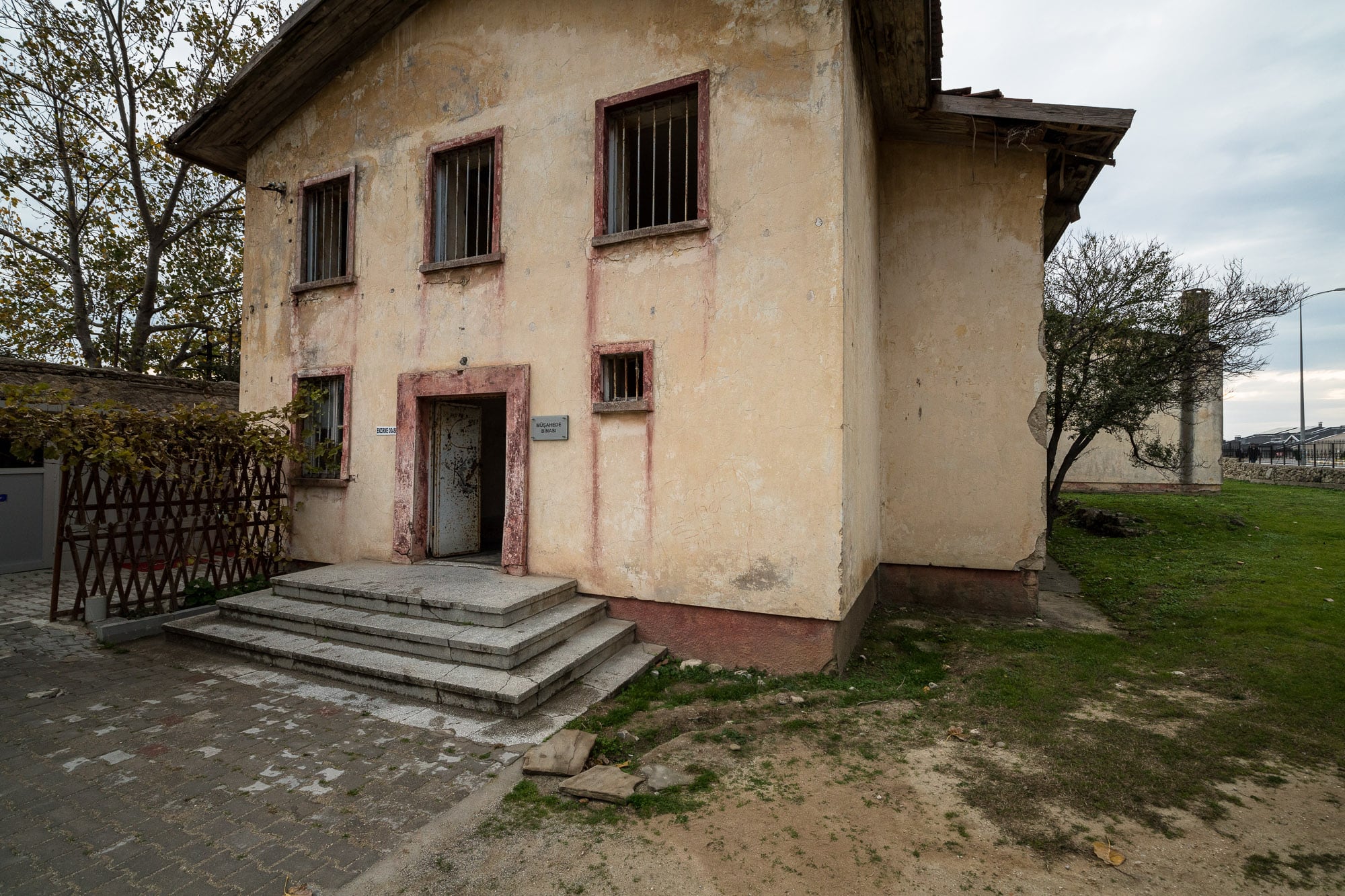
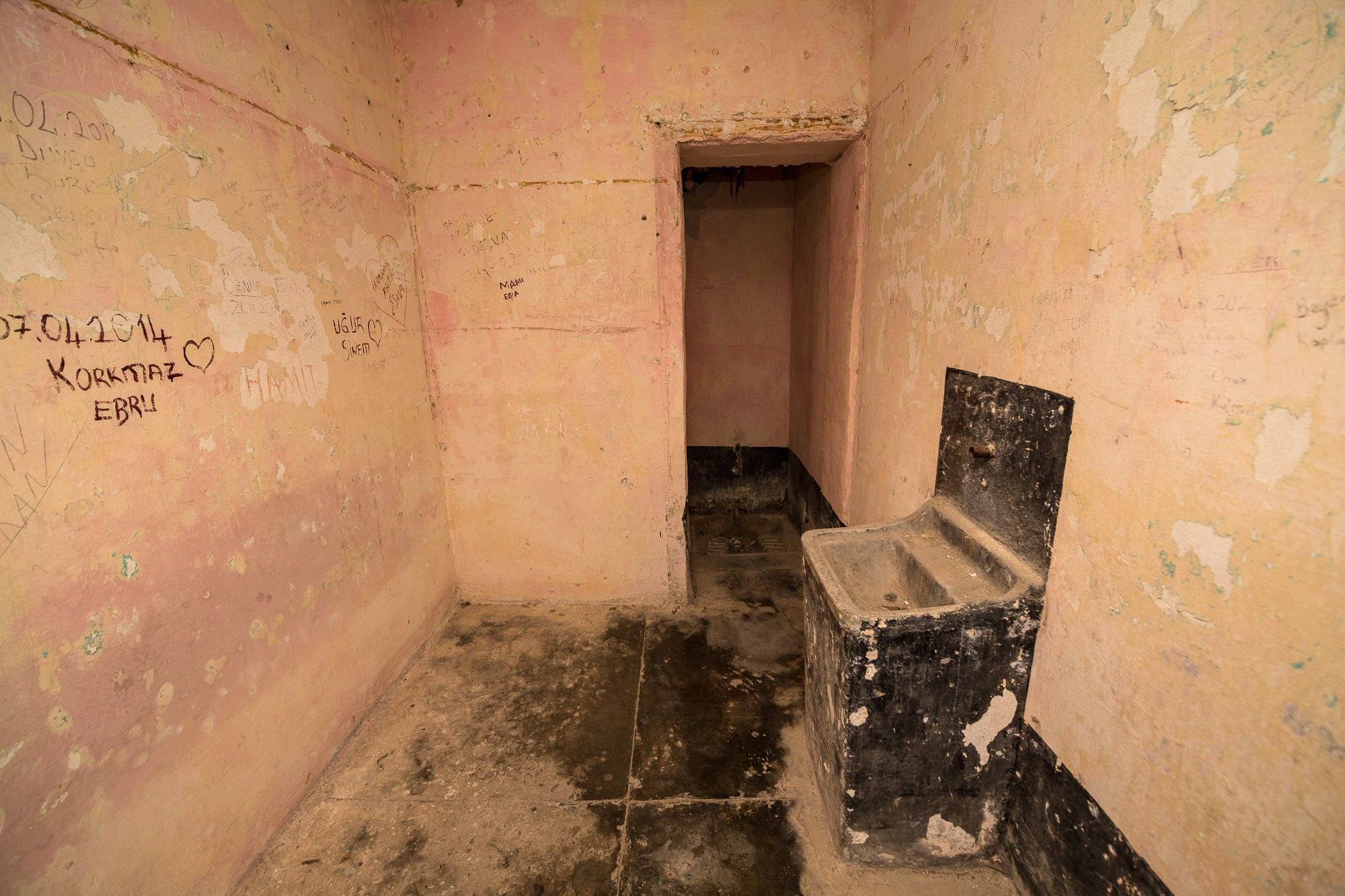
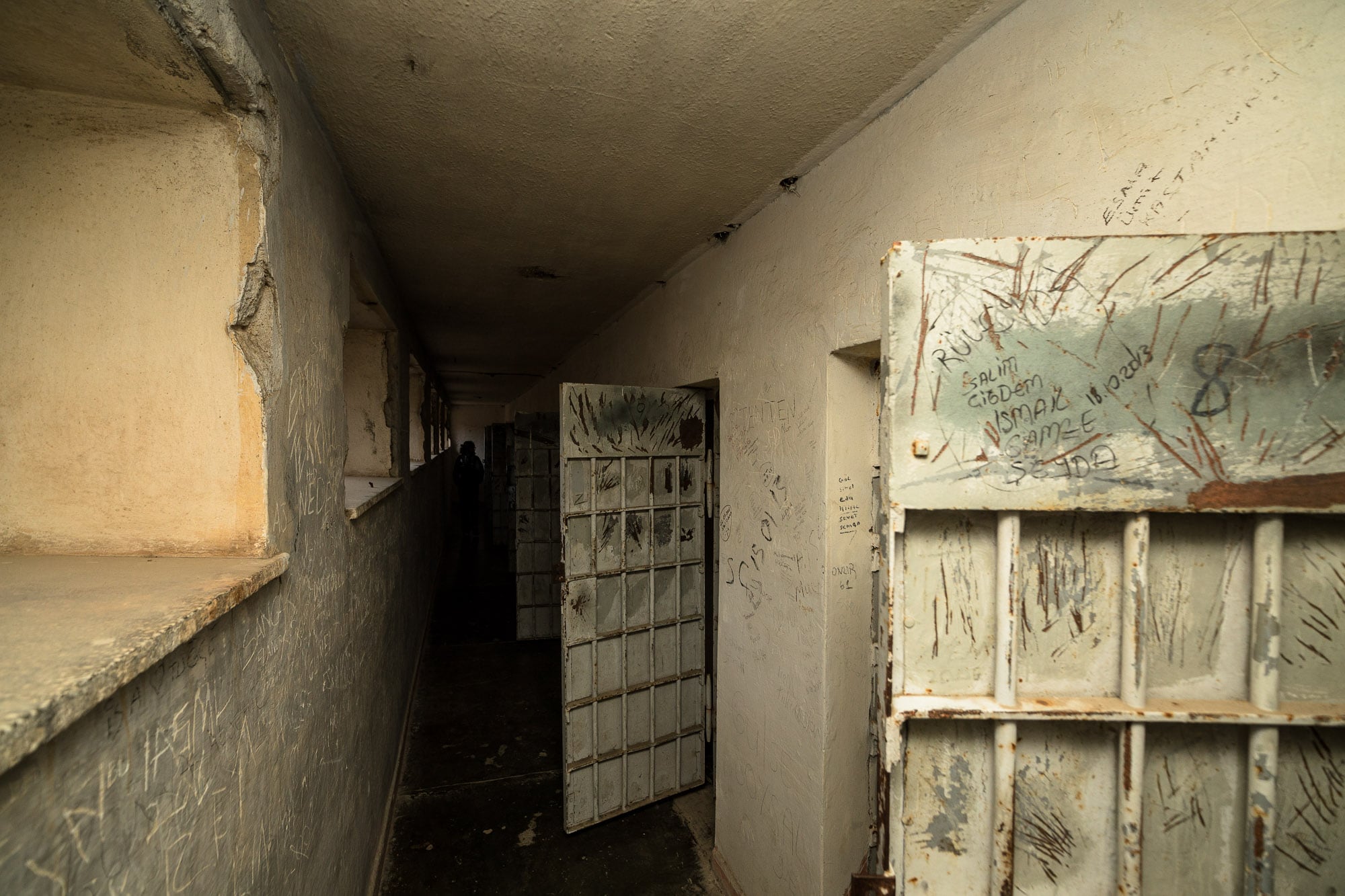
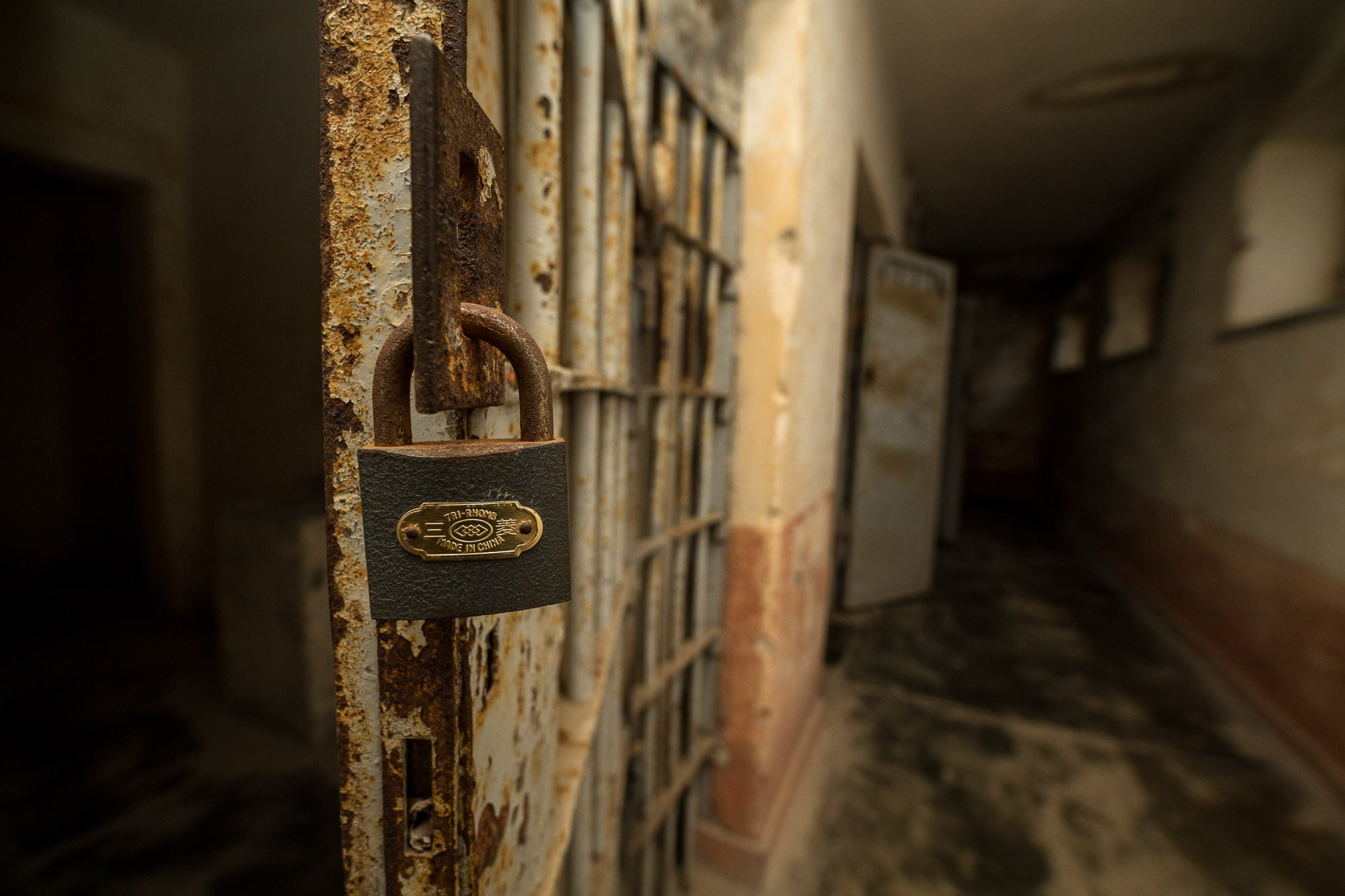
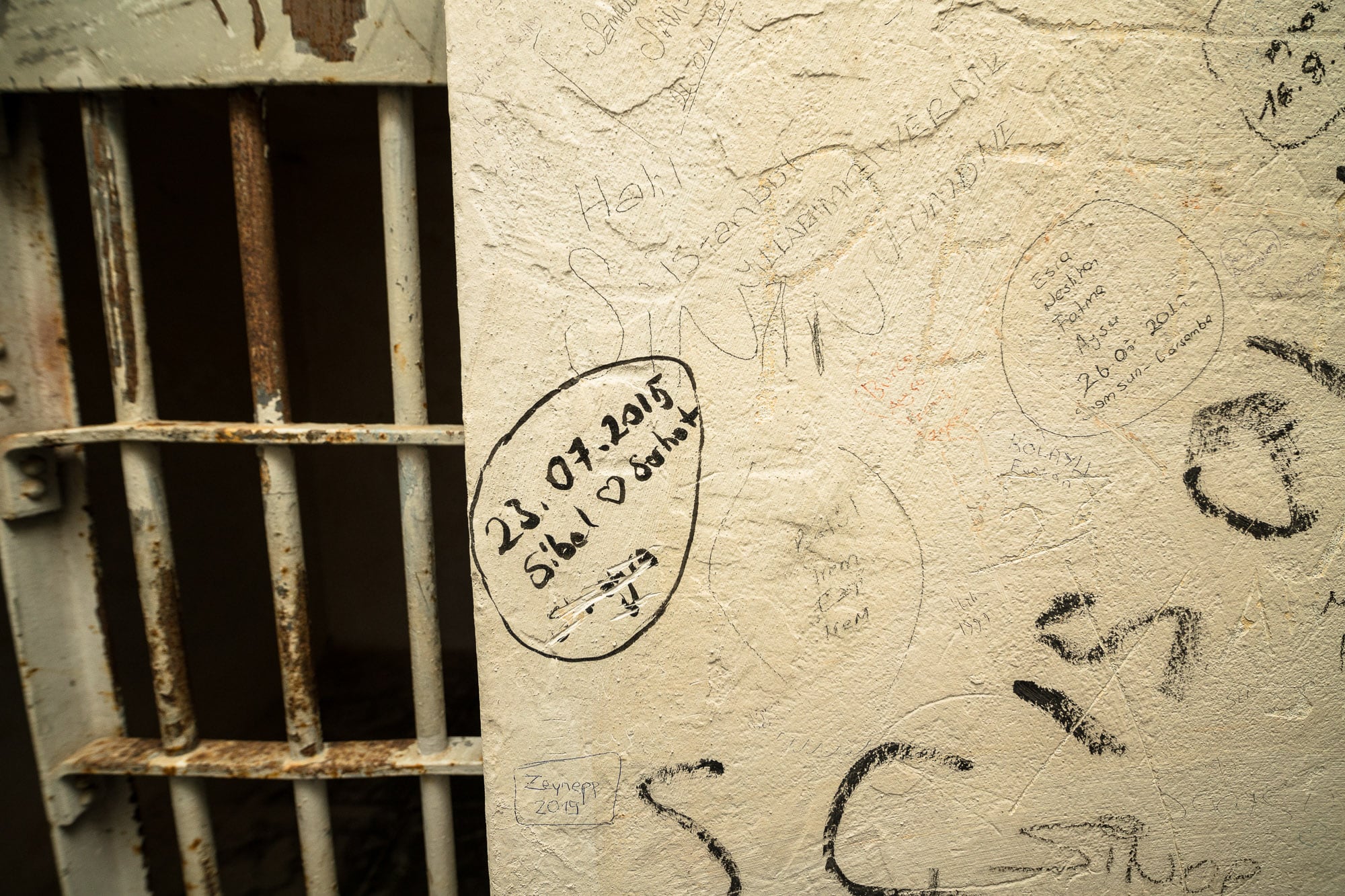
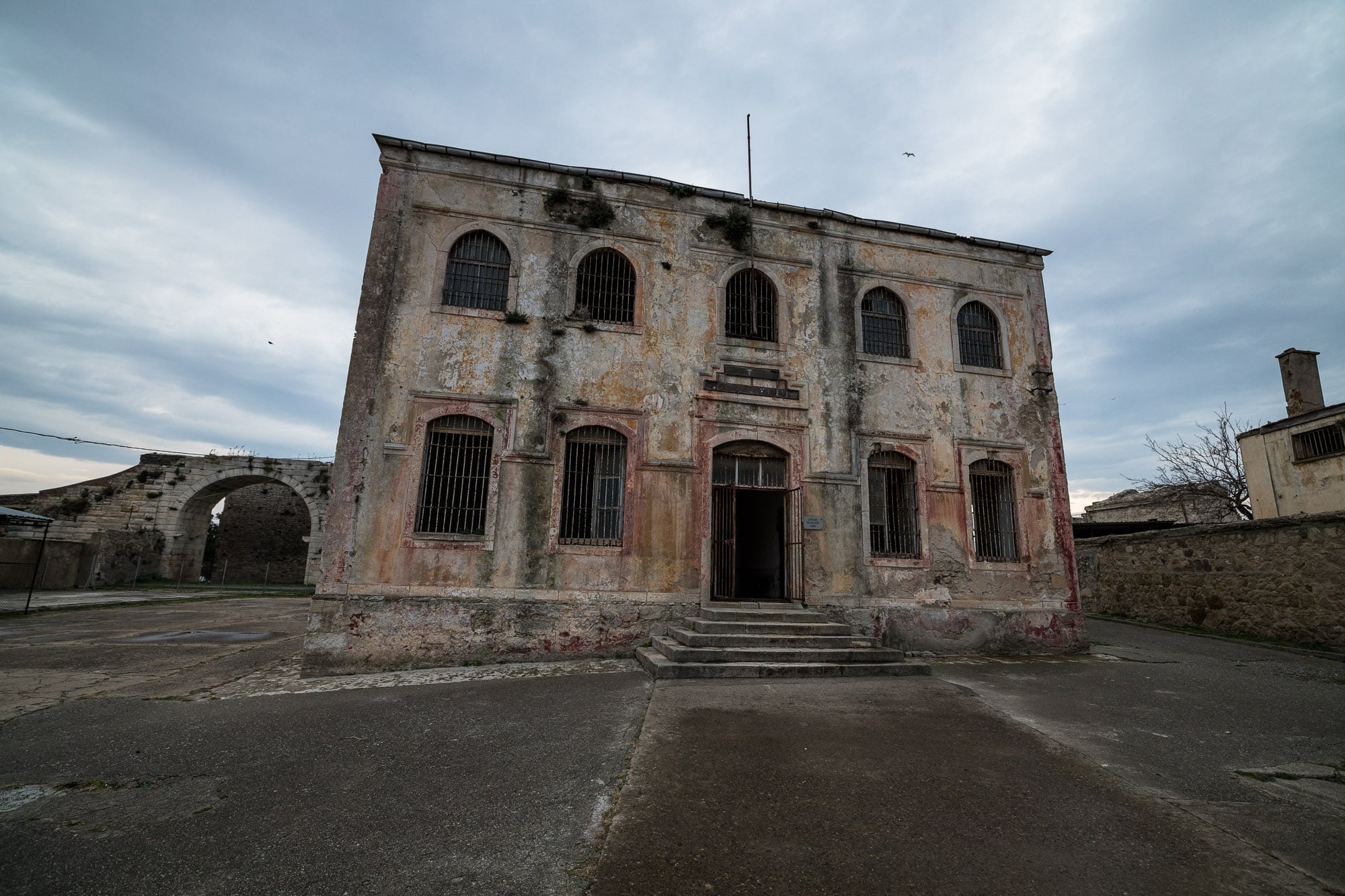
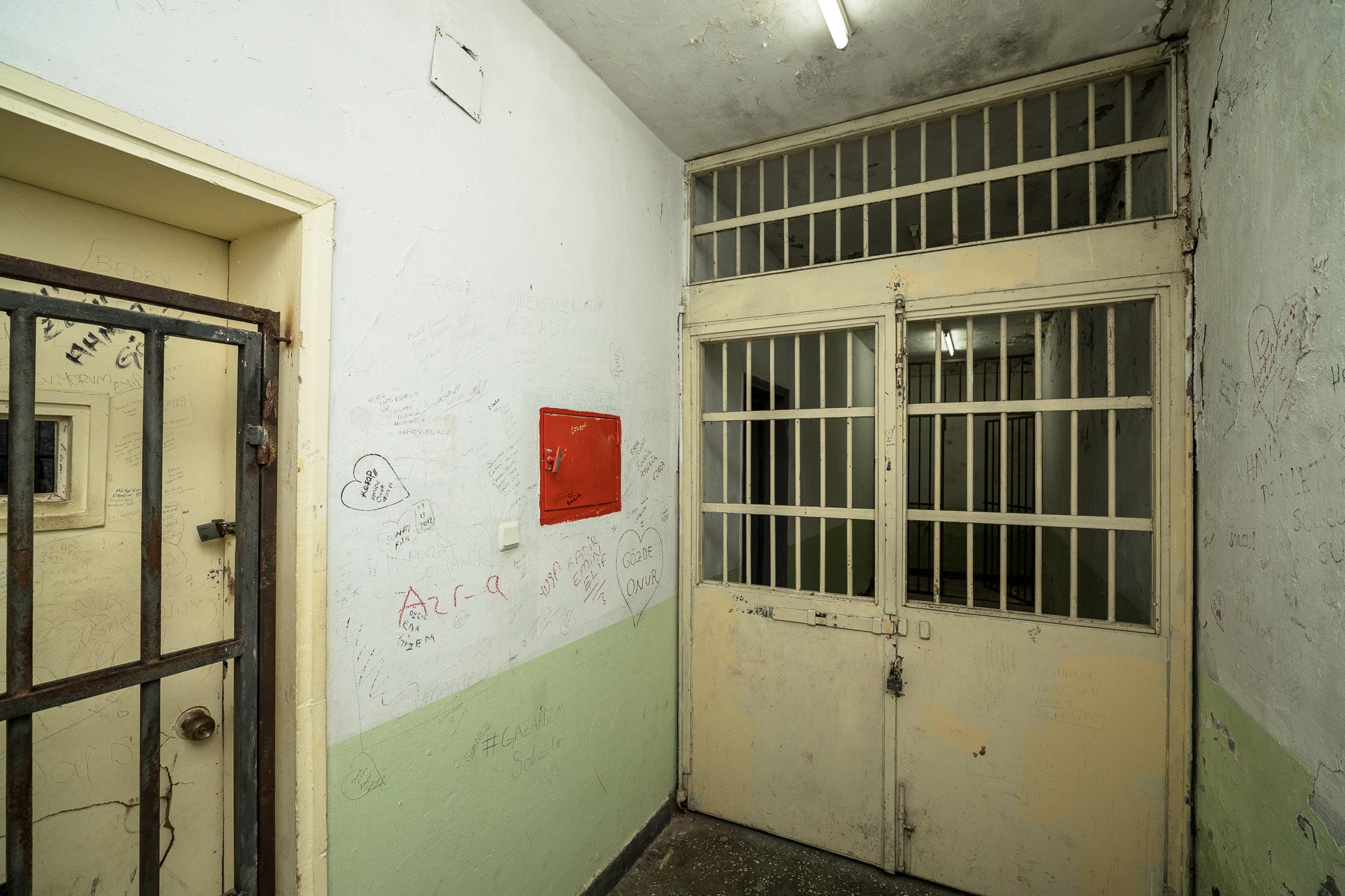
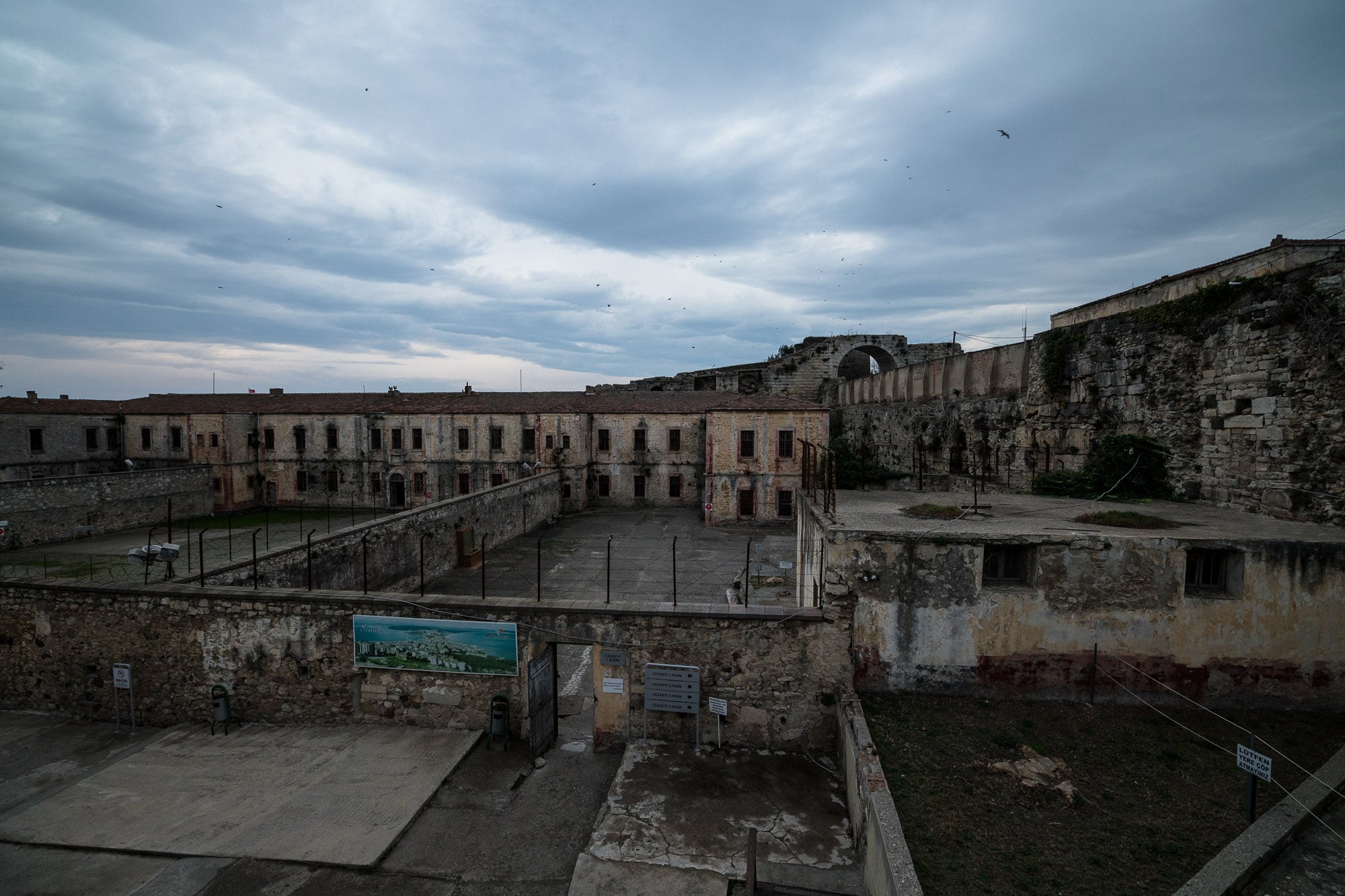
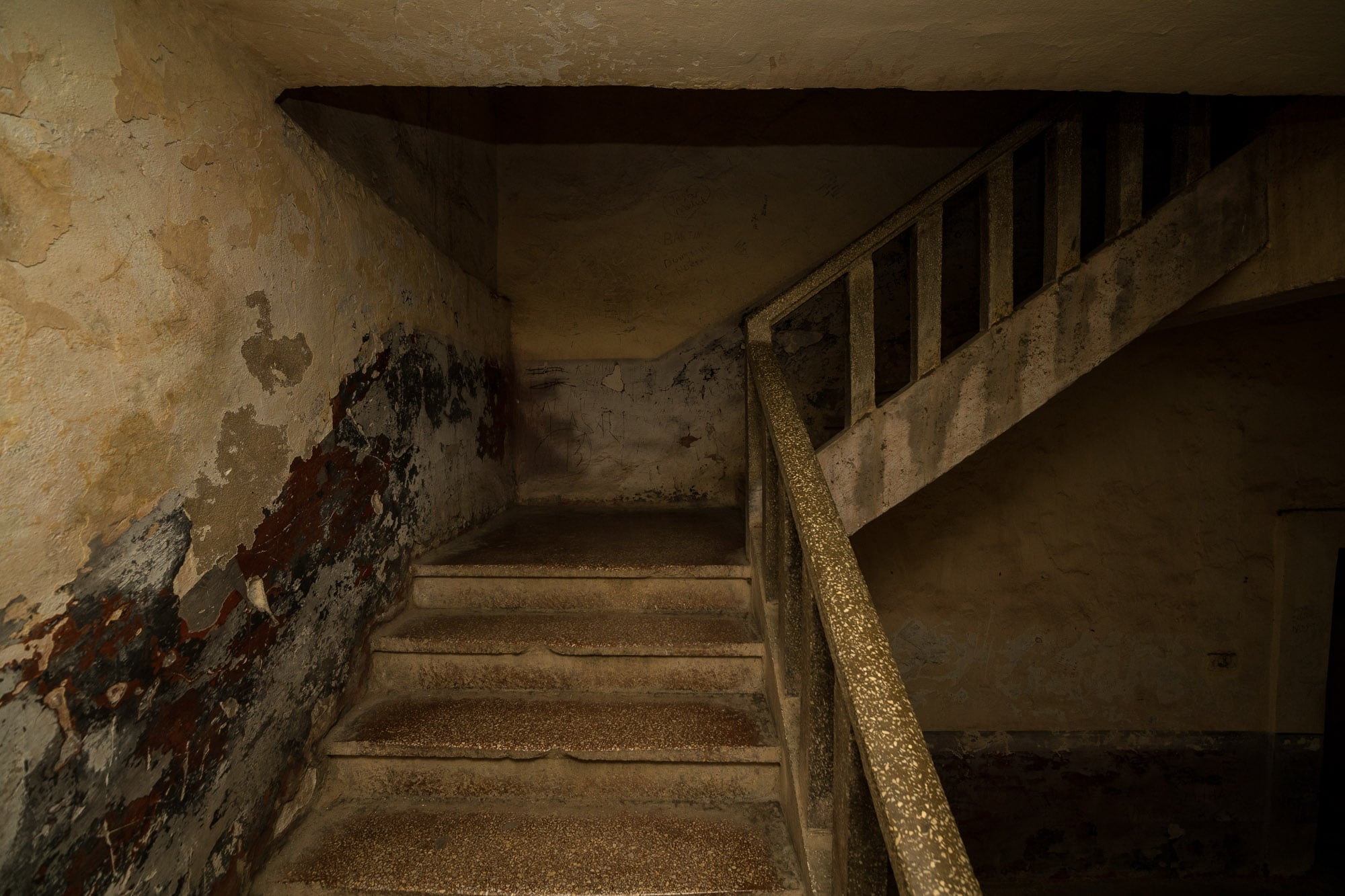
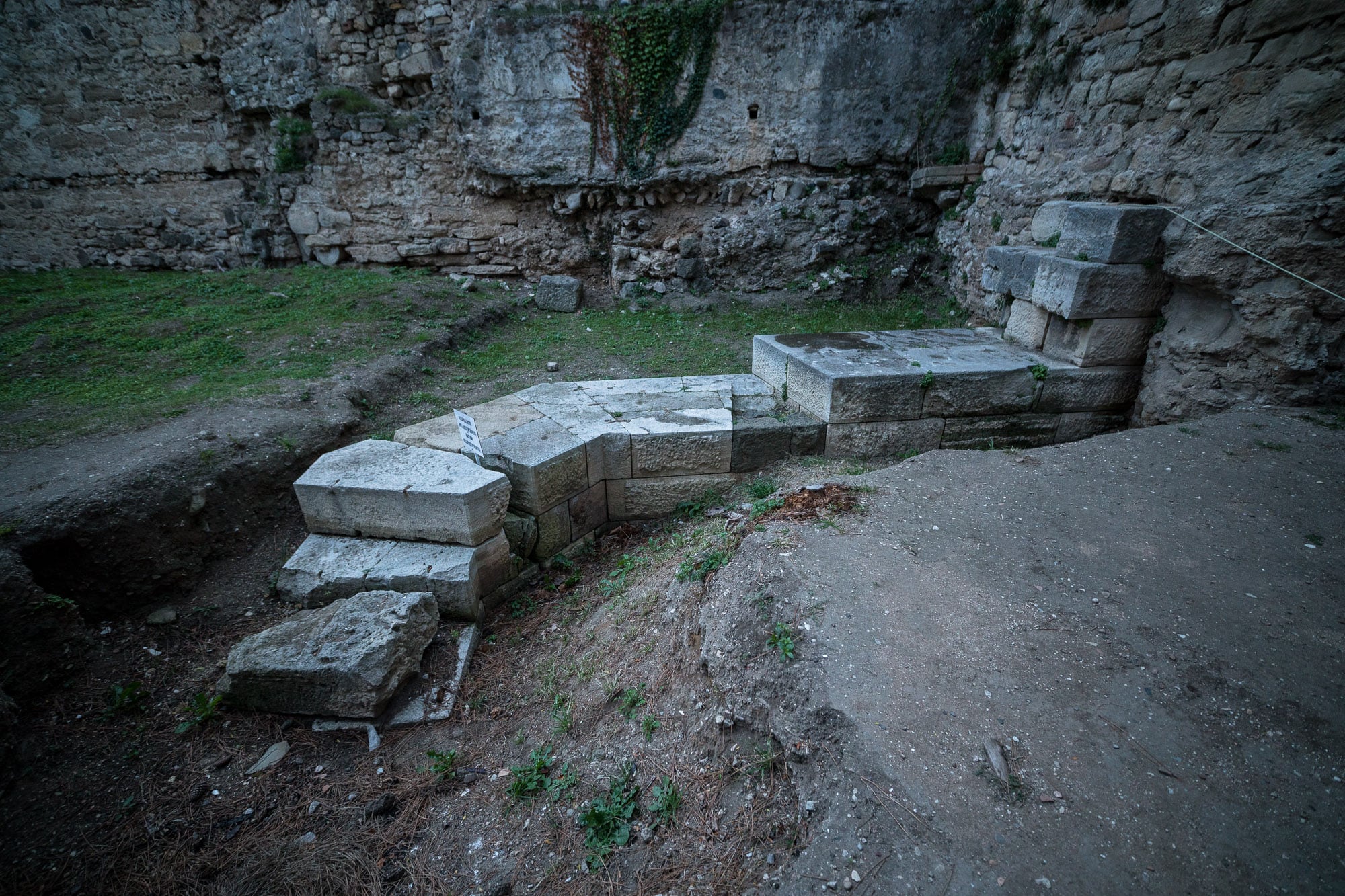
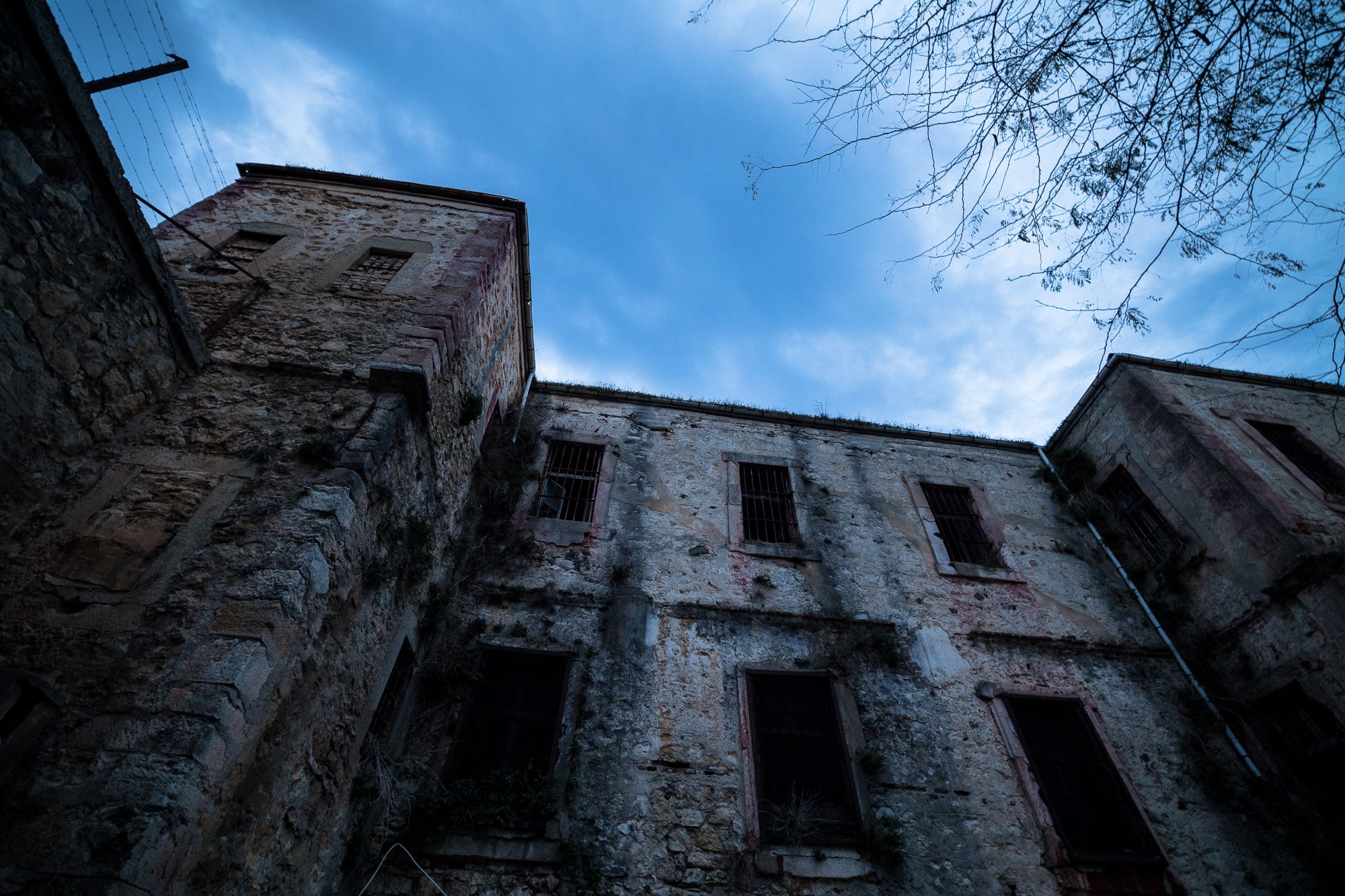
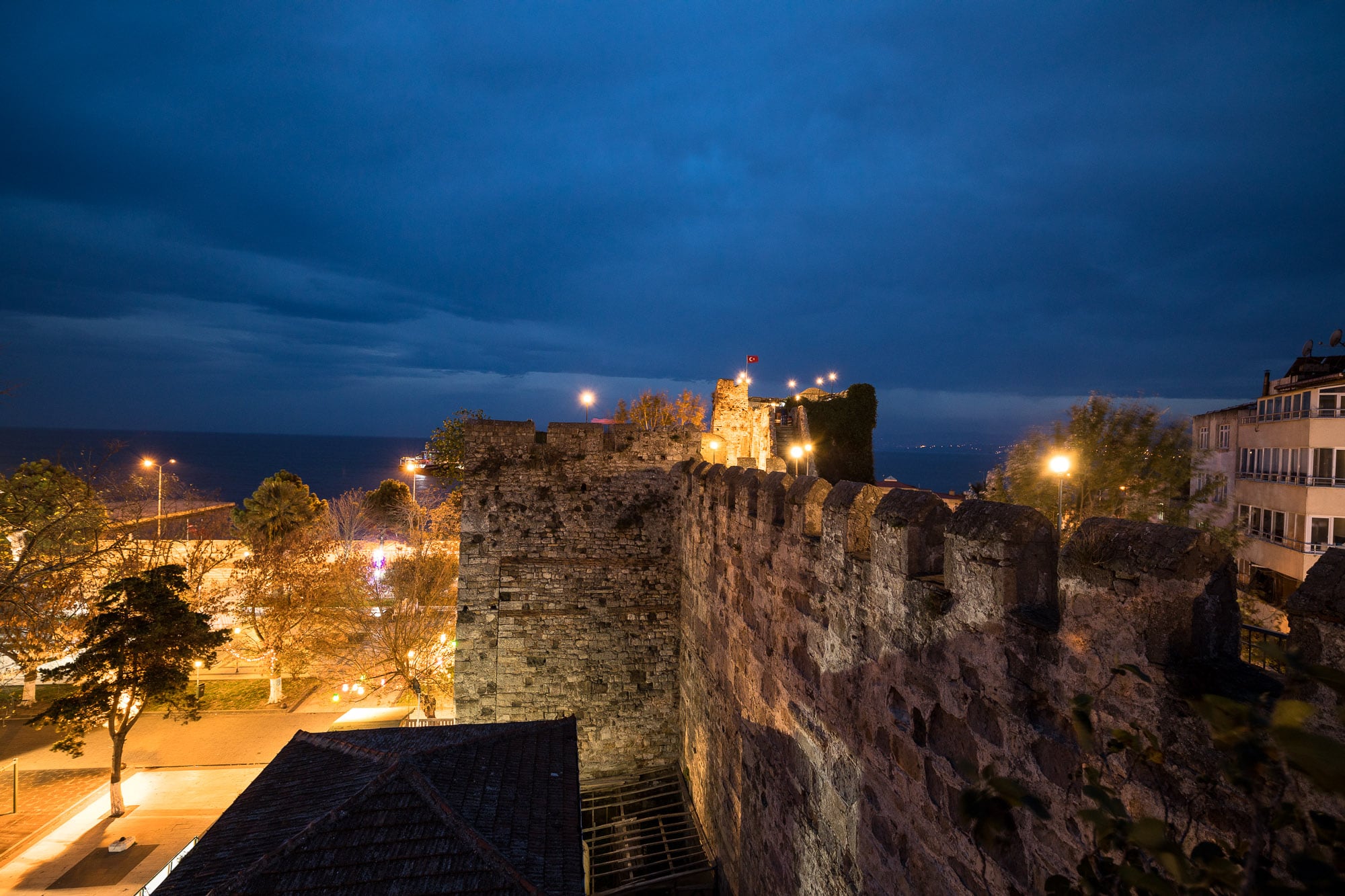
Matthias
Lieber Christoph,
während ich beim Recherchieren zu eigentlich etwas völlig anderem auf diesen Post stoße, stelle ich fest, daß Ihr ja erst vor kurzem ganz hier in der Nähe vorbeigewandert seid – ich wohne kaum 10 km südlich von Carnuntum. Schade, hätte Euch gerne kennengelernt.
Ich war auch einmal im alten Gefängnis in Sinop, und zwar im Jahr 2000, gerade mal drei Jahre nach der Auflassung, als es einfach nur ein unversperrter Lost Place war und alle sichtbaren Graffiti von den ehemaligen Insassen stammten. Ein Ort, den ich nie wieder vergessen habe. Vor allem die winzigen, finsteren Zellen im Untergeschoß, an deren Wänden deutlich erkennbar war, wie hoch die aus den “Sanitärlöchern” im Boden hochgedrückte Brühe zeitweise gestanden haben muß, verfolgen mich bis heute. In einer dieser Zellen waren etwas weiter oben an der Wand Spuren nackter Fußtritte in derselben Farbe zu sehen. In diesem wenig durchlüfteten Stockwerk hing auch noch immer ein dünner, ekelhafter Kloakengestank, der nur erahnen ließ, wie entsetzlich die Luft für die dortigen Insassen gewesen sein muß.
Mein Begleiter beim Erkunden des Gefängnisses war damals ein Historiker aus St. Petersburg, den das Ganze zwar auch sichtlich mitnahm, der aber, wie sich später am Abend im Gespräch zeigte, dennoch viel weniger überrascht davon war als ich. Viele Gefängnisse in seinem Land seien seit der Zeit Stalins noch immer nicht wesentlich anders oder sogar schlimmer, sagte er – was wir gesehen hatten, würde ihn weniger entsetzen als vielmehr seinen Sinn für Realität ansprechen. In seinen Augen seien Gefängisse wie fein justierte Barometer für den inneren Zustand einer Gesellschaft: in Ländern, in denen große Teile der Bevölkerung völlig damit ausgelastet seien, den nächsten Tag zu meistern und wo Bestrebungen nach mehr Transparenz und Partizipation primär als Auflehnung gegen die Obrigkeit interpretiert würden, sei es unrealistisch davon auszugehen, daß sich – außer vielleicht einer völlig machtlosen intellektuellen Minderheit – irgendwer prinzipielle Gedanken über den Umgang mit Gefangenen machen würde… Das war ein ziemlich intensiver Tag damals.